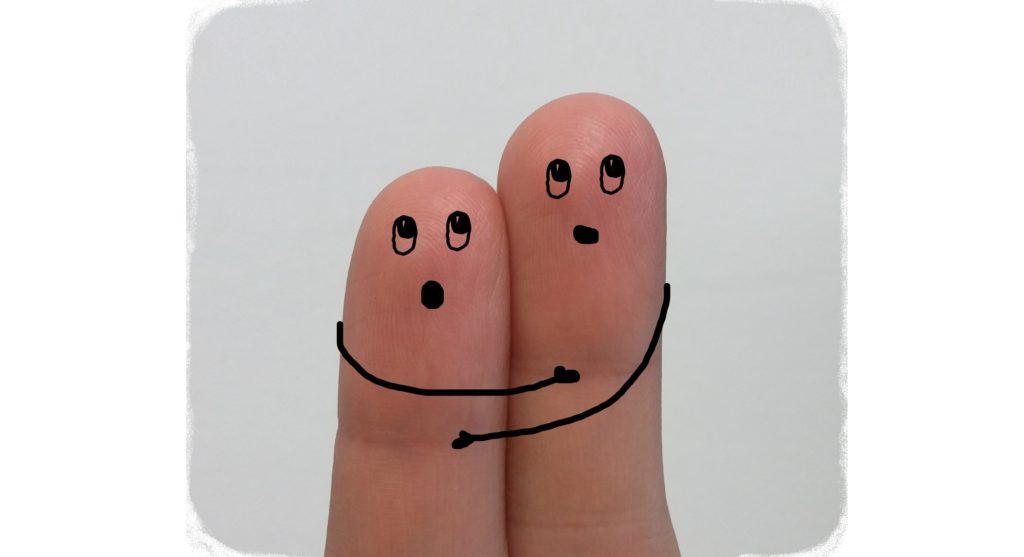There’s a good side and a bad side to repetition. We learn by rehearsing things over in our minds, or by practicing them again and again to gain new skills. When it comes to our bodies, repetitive movements are good for us…up to a point.
THE GOOD
When we grow we learn how to control our bodies, and part of that is through developing movement patterns. These help stabilize our gait while walking, and prevent all the falls and scrapes we experienced early in life. So it’s a good thing.
However, there are some movements that become so ingrained that we default to these instead of giving other movements a chance.
If you have a child lie on the floor and get up 10 times in a row, it’s likely they’ll get up differently about every time. The older we get it’s more likely we’ll get up the same way every time. Repeatedly using the same joints, same muscles, same nerve impulses even, to get off the ground and stand up.
THE BAD SIDE
How can this pattern of overuse affect our bodies? I like to call it a repetitive injury, or Repetitive Microtrauma. It’s a little thing done over and over, that eventually wears out those areas that are getting too much use. It’s as though there’s a threshold that is reached, where the brain says, “I can handle THIS much, but when you go past that point I’m going to start sending some pain signals your way.” Other places that aren’t getting used miss out on the critical nutrition that comes from movement, so they wear away from disuse or become tight, stiff, rigid – they can become totally unusable.
This can also come following a specific injury or accident, where one area is damaged so the normal movement is changed. We see this often in the case of adhesive capsulitis, or “frozen shoulder”.

NORMAL DAILY ACTIVITIES
But the most common reason for Repetitive Microtrauma is simply our normal daily activities. The way we carry things, how we drive, our posture while sitting, the method of getting up from lying down. New mothers often rest their infant on their left hip to free up their dominant arm. We lean forward too much while typing, or hold our phones too long. People usually brush their teeth with the same hand every time.
All these things add up, and lead to injuries and pains that seem to come out of nowhere. The solution? Move more and move in varied ways. Use a different hand for things sometimes, stand on one leg, walk on a dirt path instead of concrete, climb a tree! Also, return next time when we’ll describe more about the two types of nutrition our bodies need that help us heal up from these repetitive movements.
